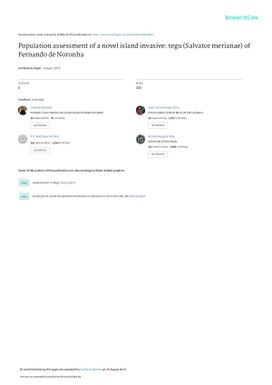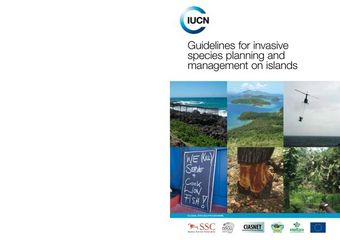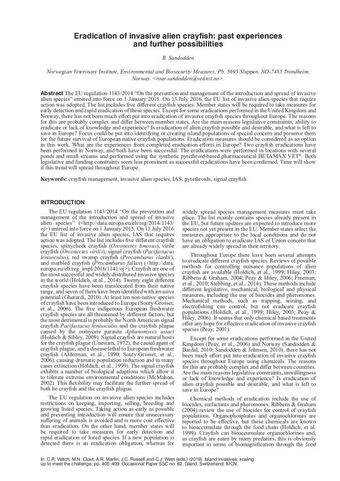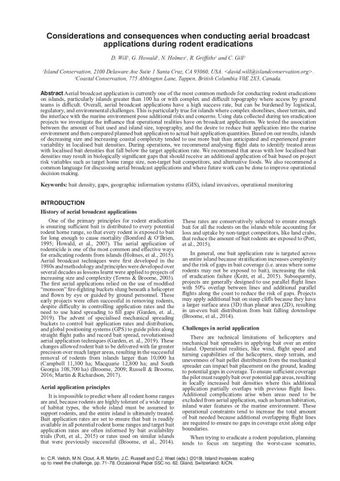Population assessment of a novel island invasive: tegu (Salvator merianae) of Fernando de Noronha
- Description:
- Fernando de Noronha is an oceanic archipelago in the Atlantic Ocean, 345 km off shore from the Brazilian coast. It comprises 21 islands and islets, of which the main island (FN) is 17 km2 with a rapidly growing tourism industry in the last decades. Despite being a protected area and bearing Ramsar and UNESCO World Heritage site status, it is threatened by multiple terrestrial invasive species since its colonisation in the early 16th century. Invasive species and the increasing tourism contributes to a list of at least 15 endangered or critically endangered species according to IUCN criteria. The black and white tegu (Salvator merianae) is the largest lizard in South America, occurring in most of the Brazilian territory and reaching up to 8 kg and 1.6 m from head to tail. As an omnivorous and opportunistic lizard, it feeds on a variety of available items, including smaller vertebrates and eggs. The introduction of the tegu to FN as well as its immediate impact on local fauna were not recorded; however, its ongoing impact is expected to be high. We captured and marked 103 tegu in FN during the months of February and November of 2015 and 2016. We also counted animals by line-transect census in a sparsely inhabited and an uninhabited area of FN. Body size affected the capture probabilities, while season and sex had little or no effect. Densities estimated by capture-recapture in the sparsely inhabited area varied from 2.29 to 8.28 animals/ha according to sampling season. Line transect census in the same area revealed a density of 3.98 (±1.1) animals/ha and in the uninhabited area 13.83 (±3.9) animals/ha. Home range was 10.54 ha, ranging from 7.36 to 15.33 hectares. Tegu activity decreased in the months of July and August of 2015. Results from this study can assist conservation managers and decision makers to implement a science-based tegu management programme in the future.
- Display date:
- 2019
- Location:
- Pacific Region
- Collections:
- Secretariat of the Pacific Regional Environment Programme (SPREP)
- Publisher:
- International Union for Nature Conservation (IUCN)
- Content partner:
- Secretariat of the Pacific Regional Environment Programme (SPREP)
- Availability:
- Not specified
-
Copyright status: All rights reservedFind out more about what you are able to do with this itemThis item is all rights reserved, with means you'll have to get permission from Secretariat of the Pacific Regional Environment Programme (SPREP) before using it. For more information, please see our use and reuse page.What can I do with this item?Non-infringing useNZ copyright law does not prevent every use of a copyright work, and this item may be hosted by an international institute or organisation. You should consider what you can and cannot do with a copyright work.No sharingYou may not copy and/or share this item with others without further permission. This includes posting it on your blog, using it in a presentation, or any other public use.No modifyingYou are not allowed to adapt or remix this item into any other works.No commercial useYou may not use this item commercially.
Related items
Welcome and warm Pasifik greetings
The information on this site has been gathered from our content partners.
The names, terms, and labels that we present on the site may contain images or voices of deceased persons and may also reflect the bias, norms, and perspective of the period of time in which they were created. We accept that these may not be appropriate today.
If you have any concerns or questions about an item, please contact us.



